Lettuce – Winter
£2.58
8 in stock
Winter lettuce varieties are specifically bred and adapted to withstand colder temperatures, making them suitable for planting and harvesting during the winter months. These lettuces are typically more cold-tolerant than varieties grown in the warmer seasons. Here are some common types of winter lettuce:
Winter Gem Lettuce:
A compact, crisp-headed lettuce with deep green leaves.
Tolerates cold temperatures well and is suitable for winter gardening.
Often used in salads and sandwiches.
Arctic King Lettuce:
An iceberg-type lettuce that forms dense, round heads.
Resistant to bolting (premature flowering) in warmer weather.
Thrives in cool conditions, making it a good choice for winter salads.
Winter Density Lettuce:
A butterhead or bibb-type lettuce with small, dense heads.
Cold-resistant and maintains good flavor in colder temperatures.
Suitable for both fall and winter cultivation.
Marvel of Four Seasons Lettuce:
Also known as ‘Rouge d’Hiver.’
A loose-leaf variety with red-tinged leaves that can be harvested as baby greens or grown to full size.
Cold-resistant and offers a combination of color and flavor.
Valeria Lettuce:
A red oak leaf lettuce with frilly leaves.
Well-suited for fall and winter cultivation.
Adds color and texture to salads.
Winter Marvel Lettuce:
A crisp and compact lettuce with good cold tolerance.
Resists bolting and maintains a sweet flavor in cool weather.
Often used for both baby leaf and full head harvesting.
Tips for Growing Winter Lettuce:
Early Planting: Start planting winter lettuce in late summer or early fall to ensure mature plants before the coldest temperatures set in.
Cold Frames or Row Covers: Provide protection with cold frames or row covers to shield lettuce from harsh winter weather.
Choose Cold-Tolerant Varieties: Select varieties specifically bred for cold tolerance to ensure successful winter cultivation.
Mulching: Apply a layer of mulch around the lettuce plants to help retain soil moisture and provide insulation.
Harvesting: Harvest leaves as needed, and consider using cut-and-come-again methods for continuous harvesting.
Remember that the success of winter lettuce cultivation depends on the severity of your winter conditions and the specific varieties you choose. It’s essential to monitor weather forecasts and provide adequate protection when needed. Additionally, selecting a mix of varieties can add diversity to your winter salads in terms of colors, textures, and flavors.
| Flower Colour |
TBC |
|---|---|
| Root Type |
TBC |
| Foliage Colour |
TBC |
| Soil Type |
TBC |
| Size |
Seeds |
Only logged in customers who have purchased this product may leave a review.


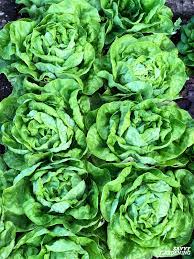

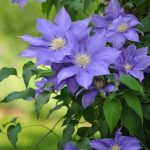
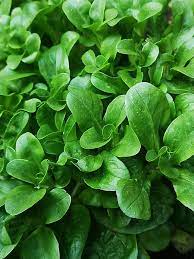
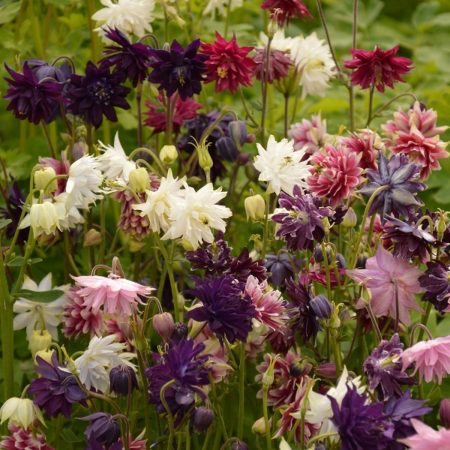

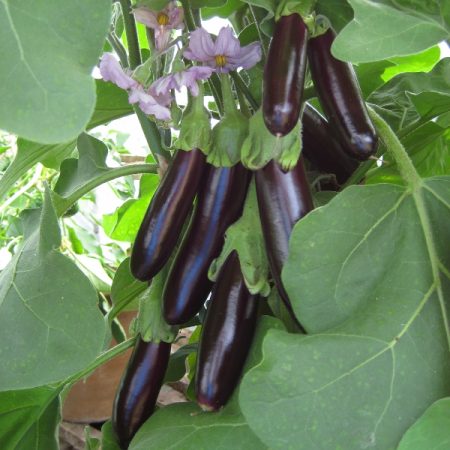
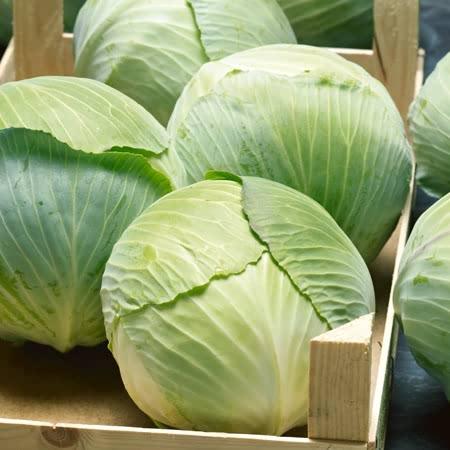
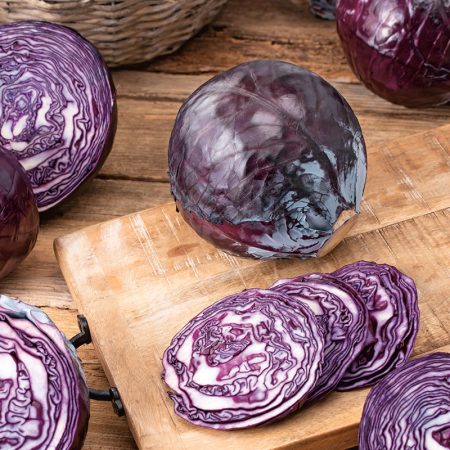
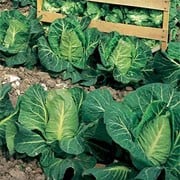
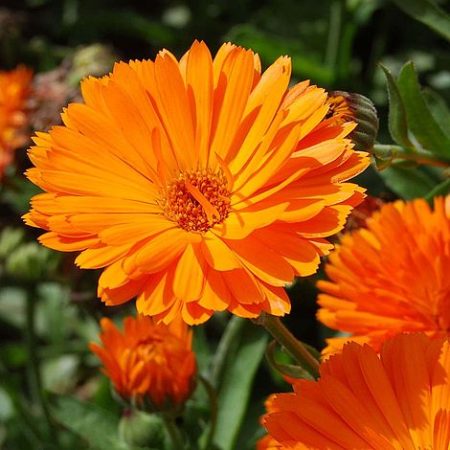
Reviews
There are no reviews yet.